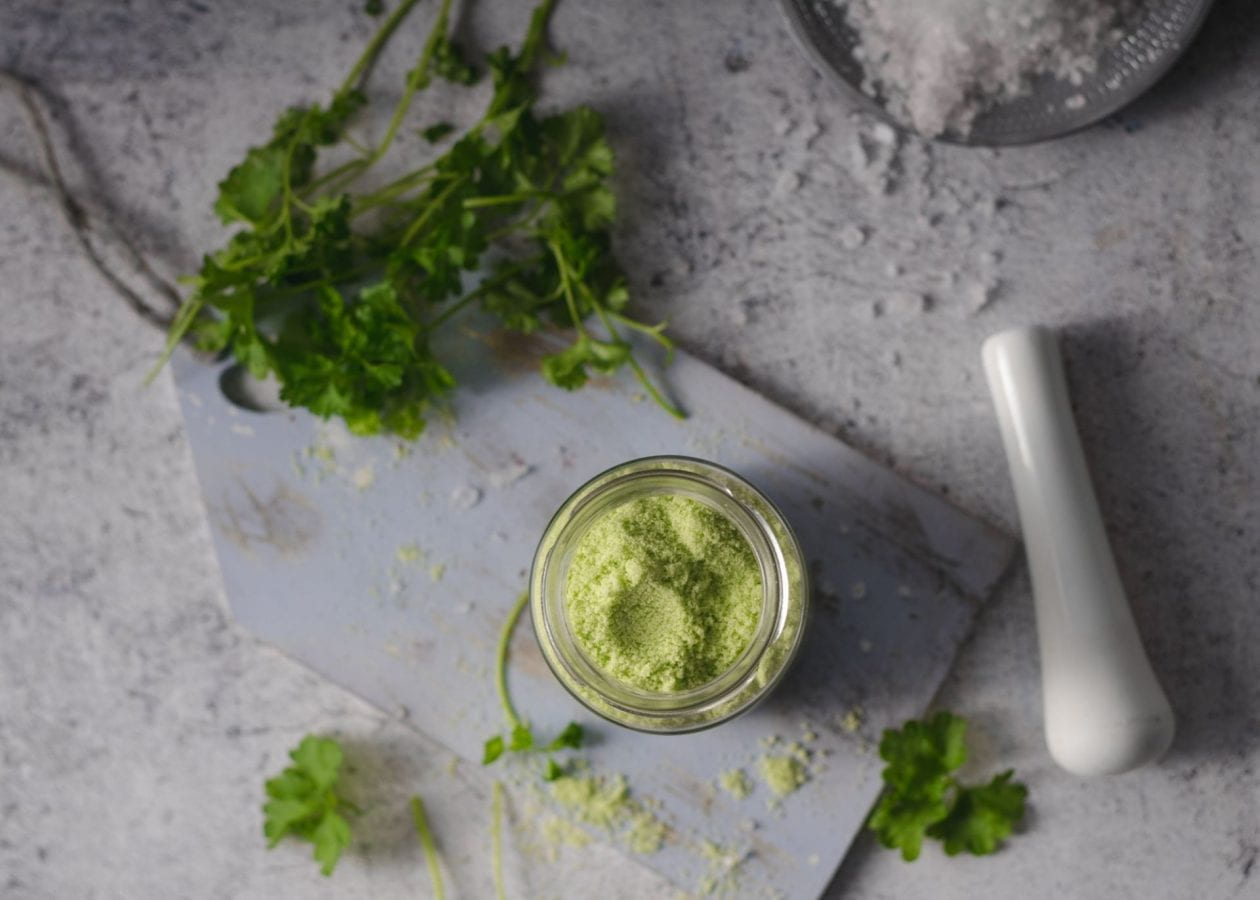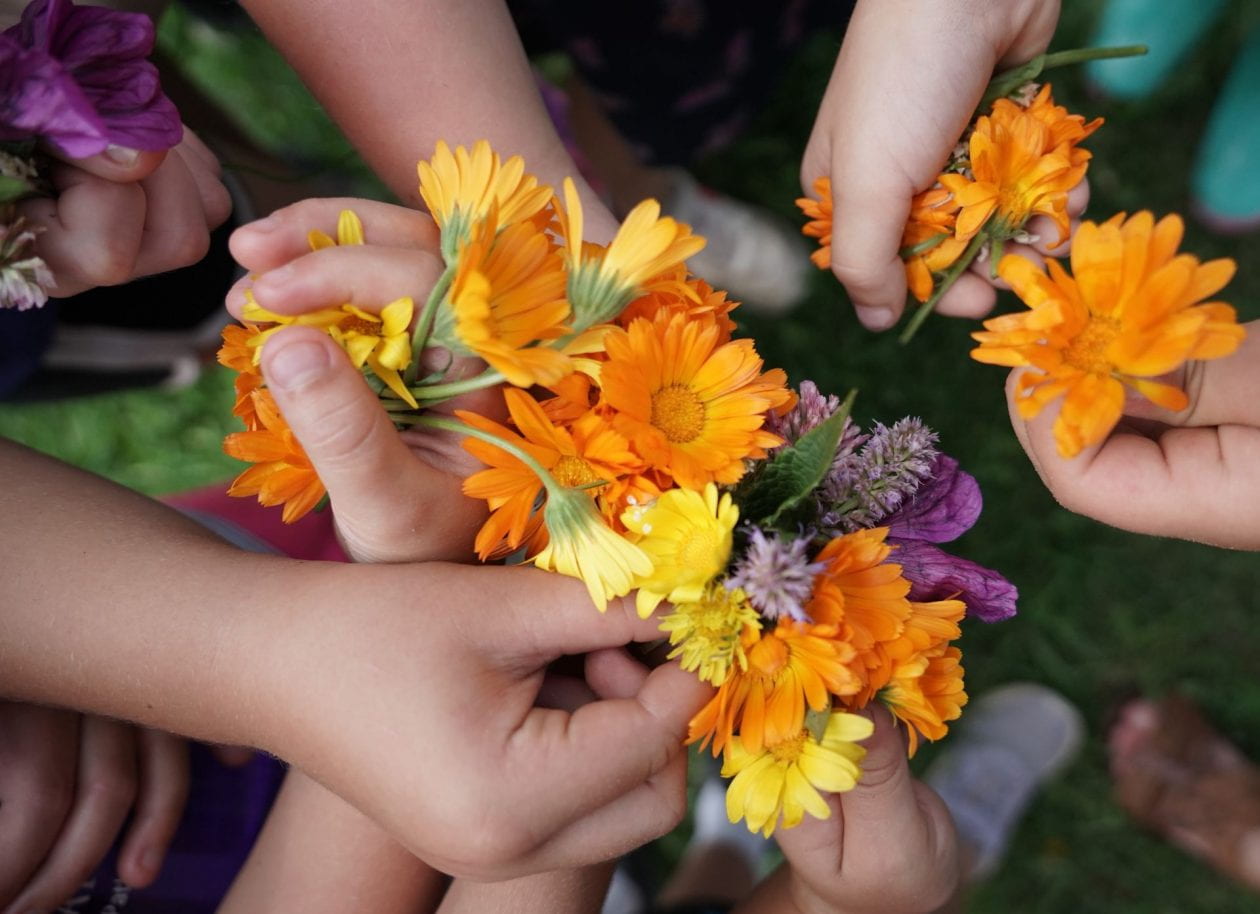Flavored salts can add a new dimension to your food, adding punch and spice, zest and depth to boost the flavor of a dish. From the ingredients you use to the foods you choose to season, flavored salts are wide open to your imagination. They are easy to make for yourself or as edible gifts for friends. Start with a flaky or coarse salt. Add herbs, spices, fruits, vegetables or condiments to give you a quick and unique way to season most anything. Take inspiration from the bounty of your garden and use flavored salts on meats, seafood, eggs, vegetables, cheese, even desserts! Use as a finishing touch on soups or salads or as a topping for popcorn or roasted vegetables. Make your own celery or garlic salt, or try something more exotic like sriracha lime salt on French fries, mushroom salt on buttered pasta and herb citrus salt on chicken or fish.
Coarser, flakier salts are preferable for their texture and appearance when used as a finishing salt. The larger grains aren’t overpowered by the flavor you are incorporating. Try kosher salt, Maldon salt, coarse sea salt or fleur de sel. If all you have is regular table salt, you can use that with a higher proportion of flavorings (increase by a teaspoon or two).
You can flavor salts with wet or dry ingredients. When using dry flavorings you simply mix and store. When using wet flavorings you need to dry the mixture before storing. Read more Flavored Salts Can Enhance Your Kitchen Creations


